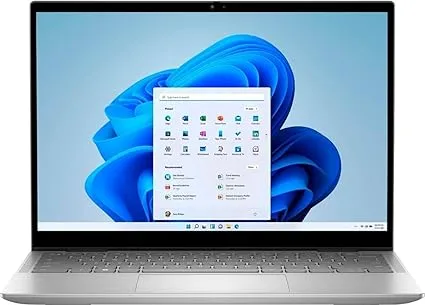Selecting an appropriate laptop cannot be merely a functional process for computer science students; It means mastering the coding classes and seamlessly managing of complex tasks.
The perfect laptop is equal to an efficient performance with an appealing compact design while being a valuable companion in the never-ending extracurricular activities. Work efficiency increases dramatically, especially when multi-tasking is at play and no work challenge is too great.
We know what it takes to make that final decision in choosing the right laptop, especially for the beginner in computer sciences. For this reason, the review team has tested many laptops and placed the best in front of the students and programming enthusiasts.
Over 27 days, we rigorously tested laptops on 39 key points, including performance benchmarks and display quality. We evaluated each model for 13 hours of continuous coding, assessing features like port selection and keyboard comfort. Our detailed reviews empower computer science students to confidently select the ideal laptop, ensuring it meets their academic and coding needs effectively.
- Our Top Picks
- 1. Apple MacBook Pro (M2, 16-inch)-Best of ALL
- 2. Dell XPS 15 (9530)-Unleash Creativity with Stellar Performance
- 3. Lenovo ThinkPad X1 Carbon Gen 14 – Premier Choice for Professionals
- 4. Acer Swift 3 OLED – Affordable Excellence in a Sleek Package
- 5. HP Spectre x360 (14-inch) – Ultimate Flexibility with Premium Performance
- 6. Microsoft Surface Laptop Studio – Empowering Creativity with Cutting-Edge Technology
- 7. Asus ROG Zephyrus G14 – A Compact Powerhouse for Gaming and Programming
- How Does Our Company Test And Choose The Best Laptops?
- Buyers Guide for 7 Best Laptops For Computer Science Students in 2025
- Conclusion for 7 Best Laptops for Computer Science Students in 2025
- FAQs for 7 Best Laptops for Computer Science Students in 2025
- 1. What Specifications Should I Look for in a Laptop as a Computer Science Student?
- 2. Are MacBooks Better than Windows Laptops for Programming?
- 3. How Important is Battery Life for a Laptop used in Computer Science Studies?
- 4. Can I use a Gaming Laptop for Programming?
- 5. What is the Best Budget Laptop for Computer Science Students?
Our Top Picks
Apple MacBook Pro (M2, 16-inch)
Dell XPS 15 (9530)
Lenovo ThinkPad X1 Carbon Gen 14
1. Apple MacBook Pro (M2, 16-inch)-Best of ALL
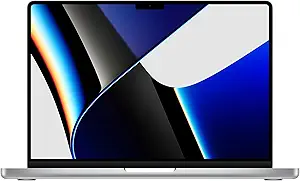
- Processor: Apple M2 chip
- RAM: 16GB (configurable to 32GB)
- Storage: Starting at 512GB SSD (upgradable to 8TB)
- Display: 16-inch Retina display with True Tone
- Battery Life: Up to 21 hours
- Highlights: exceptional performance and build quality, ideal for coding and multimedia tasks.
Pros
- Powerful M2 Pro chip with advanced CPU & GPU
- Up to 22 hours of battery life
- Stunning 16.2-inch Liquid Retina XDR display
- Comprehensive connectivity with multiple ports
Cons
- High price point, a significant investment
- Heavier and bulkier compared to some ultrabooks
- Limited upgradeability with soldered components
- Not all software may be optimized for M2 chips yet
See the best performance in action with the Apple 2023 MacBook Pro which comes packed with the M2 Pro chip. This laptop comes with a 12-core processor and a 19-core graphics card which makes this laptop suitable for tasks such as coding, designing, and video editing.
The Liquid Retina XDR display boasts an impressive 16.2 inches that offers unparalleled clarity and bright color that makes your projects as visually stunning as they are functional.
Benefit from up to 22 hours of uninterrupted work and control your projects with ease, due to up to 16GB of unified memory and 512GB SSD. This MacBook Pro is equipped to keep you connected and enhanced productivity with Thunderbolt 4 and HDMI and many other ports. This device exudes sophistication in its silver sleek covering while presenting cutting edge value in a MacBook Pro.
This laptop is a great choice for those who need a reliable and powerful device that can handle intensive tasks and provide all-day usability without needing to recharge. Whether for professional use or demanding academic programs, the MacBook Pro stands out as a high-performance tool in Apple’s lineup.
2. Dell XPS 15 (9530)-Unleash Creativity with Stellar Performance
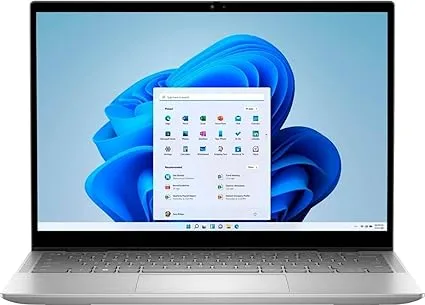
- Processor: Intel Core i7 or i9
- RAM: Up to 64GB
- Storage: Up to 2TB SSD
- Display: 15.6-inch OLED or FHD+ display options
- Battery Life: Up to 12 hours
- Highlights: Sleek design, powerful performance, and stunning display make it great for programming and design work.
Pros
- Powerful Intel processors for demanding software.
- Vibrant OLED and FHD+ display options.
- Large storage and memory capacity.
- Comprehensive port selection for connectivity.
Cons
- Higher price for advanced configurations.
- Shorter battery life with OLED under load.
- Weighs over 4 lbs, less portable.
- Limited by integrated graphics in some models.
Feel the pleasure to immerse in a fully creative and performance-oriented environment by getting the Dell XPS 15 (9530). Designed for use by creatives, engineers and developers, this laptop comes with up to a 13th Gen Intel® CoreTM i9 processor and up to 64GB DDR5 memory, perfect for video/audio editing, 3D modeling/animation, or programming.
The options for a 15.6 inch OLED or FHD+ display mean you can watch your creations pop with the vibrant and stunning definition you expect. The new XPS 15 has an up to 2 TB SSD, providing you plenty of space for your documents, photos, music and applications and delivering fast read and write times to enhance productivity.
Nonetheless, it has a compact look: it has a machined aluminium enclosure and a carbon fibre palm rest, which is quite unusual, but is evidence of Dell’s consistent focus on employing high-quality materials for the manufacture of its products.
The Dell XPS 15 (9530) is more than just a laptop; it’s a workspace that adapts to your creative and professional demands, offering top-tier performance, exceptional visuals, and a design that speaks of sophistication. Whether editing videos, coding, or designing, the XPS 15 empowers you to do more with more efficiency and style.
3. Lenovo ThinkPad X1 Carbon Gen 14 – Premier Choice for Professionals
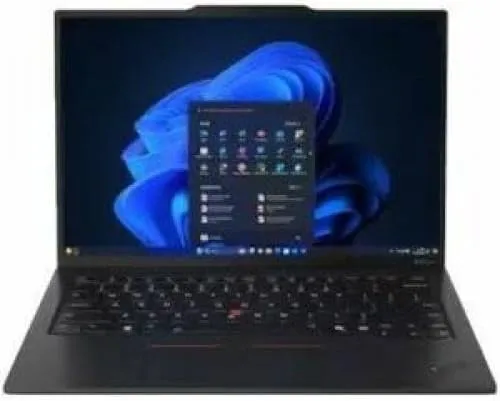
- Processor: Intel Core i5 or i7
- RAM: Up to 32GB
- Storage: Up to 1TB SSD
- Display: 14-inch UHD (3840 x 2160) or FHD options
- Battery Life: Up to 15 hours
- Highlights: Renowned for its keyboard comfort and durability, perfect for long coding sessions.
Pros
- High-performance Intel processors.
- UHD display for superior visual experience.
- Exceptional keyboard comfort and durability.
- Lightweight and portable with a robust build.
Cons
- Premium price point.
- Limited graphics capability with integrated GPU.
Introducing the Lenovo ThinkPad X1 Carbon Gen 14 – a true embodiment of durability and innovation created for the today’s workforce. It not only sporting an Intel Core i5 or i7 processor but also supports up to 32GB of RAM and up to 1TB SSD that has enough power and space for all those required applications and files.
The ThinkPad X1 Carbon sparkles with a 14-inch display with ultra-high definition (UHD) and Full High Definition (FHD) technologies for high quality images and sharply defined pictures with rich and warm hues. Considered as one of the most durable laptops it is also praised for the unbelievable ultimate keyboard comfort when coding for hours and hours.
The Lenovo ThinkPad X1 Carbon Gen 14 is unique with the combination of featherweight portability and significant business capabilities. It comes with full day battery and the advanced Intel UnisonTM for integration between devices.
Also, it has Dolby Voice and Dolby Atmos for better sound quality which makes this one of the best for the technocrats who always prefer better mobility, performance and easily portable smart devices. Even for business people, coders or students, the X1 Carbon is designed to improve your work and overall mobility experience.
4. Acer Swift 3 OLED – Affordable Excellence in a Sleek Package
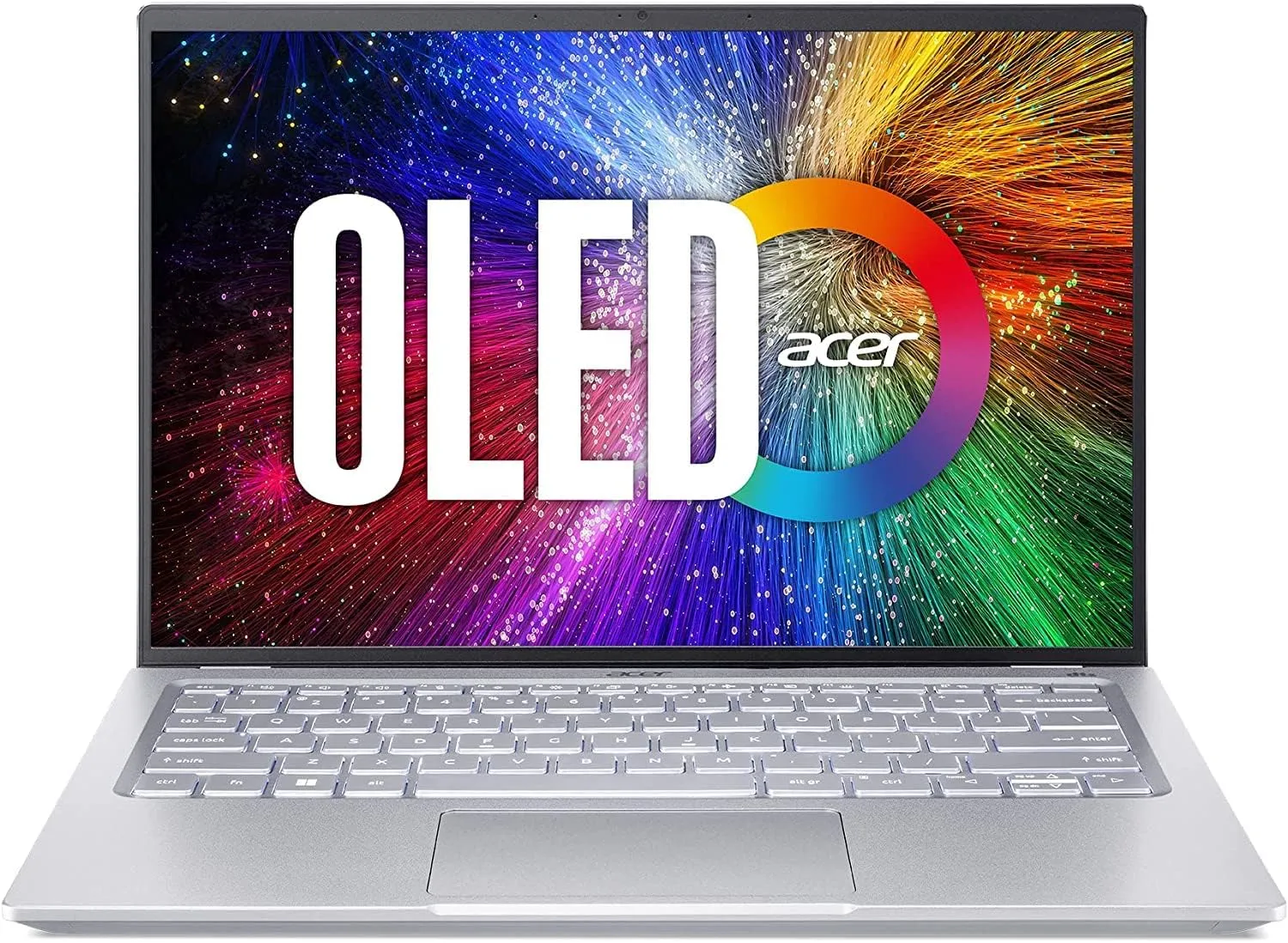
- Processor: AMD Ryzen 7 or Intel Core i7
- RAM: Up to 16GB
- Storage: Up to 1TB SSD
- Display: 14-inch OLED display
- Battery Life: Up to 12 hours
- Highlights: Affordable with excellent performance and vibrant display, making it suitable for students on a budget.
Pros
- Powerful Intel i7 processor for high-demand applications.
- Stunning 14-inch OLED display for superior visuals.
- A lightweight and portable design ideal for mobility.
- Fast storage with 1TB PCIe Gen 4 SSD.
Cons
- Battery life is shorter compared to some competitors.
- Limited to 16GB of RAM with no upgrade option.
The Acer Swift 3 OLED is particularly appealing to students and working professionals because it offers affordable, impressive performance, and portability. Equipped with the 11th-generation Intel Core i7-12700H processor and incorporating an Intel Iris Xe graphics card, this laptop provides reliable performance for a wide range of tasks, including graphic design and everyday work.
The screen diagonal is 14 inches, the resolution is 2880×1800 pixels – it provides clear and saturated colors, deep blacks, suitable both for watching movies and working professionally.
The Swift 3 has a boost of 16GB of LPDDR5 memory and a 1TB PCIe Gen 4 SSD and thus the performance when it comes to handling multiple operations and storage of user’s documents and programs is out of question amazing.
The Acer Swift 3 OLED is an excellent choice for those who need a dependable laptop that balances cost with high performance. It’s especially suitable for students on a budget who do not want to compromise on screen quality and processing power.
Despite the shorter battery life, its quick charging capability and the overall sleek design make it a compelling option for on-the-go users looking for a premium laptop experience without the premium price.
5. HP Spectre x360 (14-inch) – Ultimate Flexibility with Premium Performance
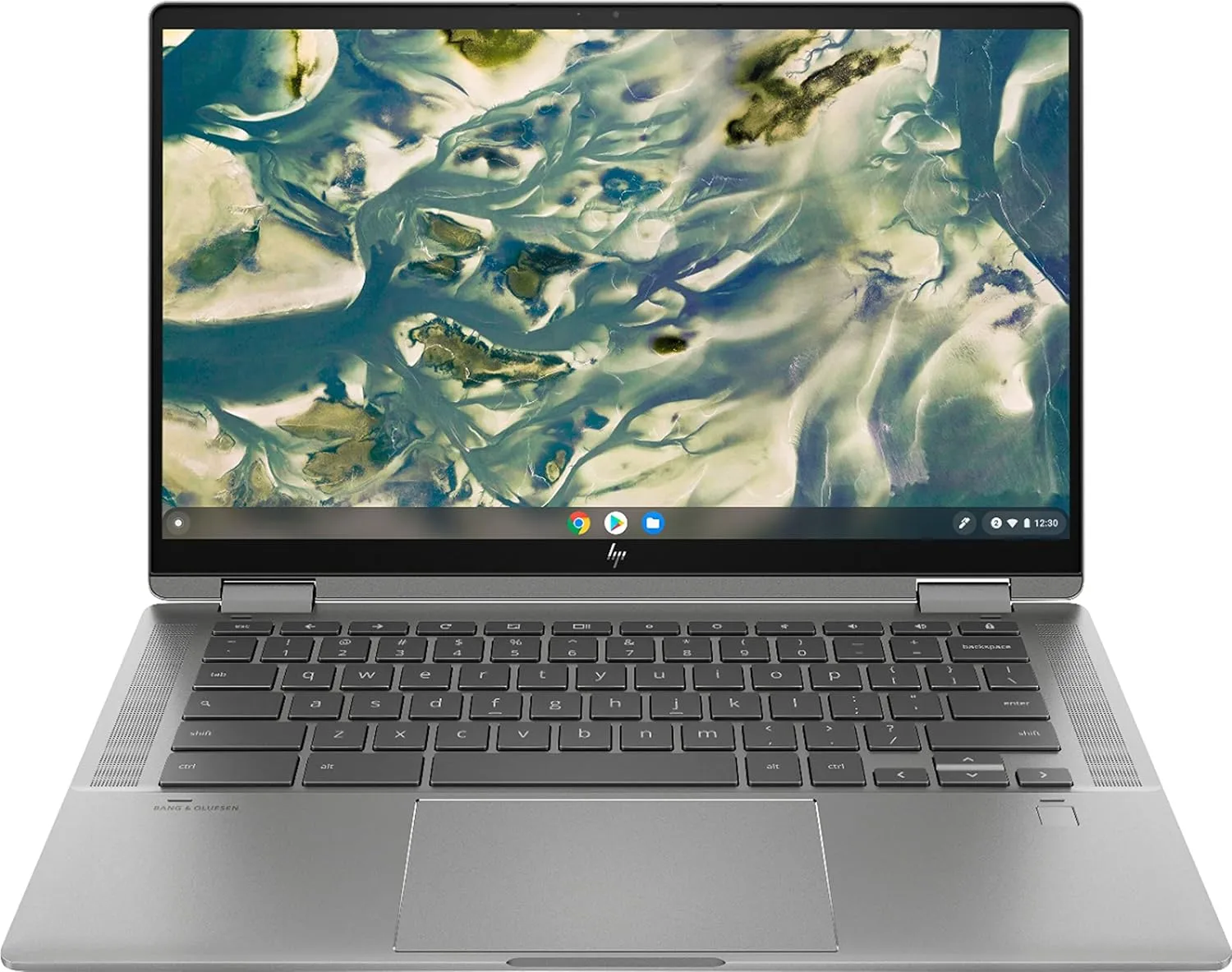
- Processor: Intel Core i5 or i7
- RAM: Up to 16GB
- Storage: Up to 1TB SSD
- Display: FHD or OLED touchscreen options
- Battery Life: Up to 13 hours
- Highlights: Versatile convertible design with a premium feel, great for both coding and casual use.
Pros
- High-performance 16-core processor.
- Vibrant 2.8K touchscreen with robust graphics.
- Versatile 2-in-1 design with durable build.
- Extensive connectivity with Thunderbolt 4 and USB 3.2.
Cons
- Premium price may be a barrier for some.
- At 3.19 lbs, it’s slightly heavier for ultra-portables.
- Battery life varies greatly with usage intensity.
- Limited to 16GB of RAM with no option for expansion.
The HP Spectre x360 has a convertible 2-in-1 form factor while equipped with the latest performance features. With an Intel Evo Core Ultra 7 155H 16 processing power and Intel Arc Graphics, this laptop is optimized for tasks like coding, designing, and creating multimedia tasks. The academic-tablet version has a 14-inch 2.8K magnetically attached touchscreen with Corning Gorilla Glass NBT and a 100% DCI-P3 color gamut.
To provide efficient performance, it has the latest 16GB DDR5 Ram accompanied by a 1TB PCIe NVMe SSD which allows users to quickly open applications and switch between them. Thanks to its ports with novelties such as two USB Thunderbolt 4 ports and one USB 3.2 Gen 2 Type A, it is versatile and suitable for any working method.
The HP Spectre x360 stands out as a top-tier choice for professionals and students alike who need a powerful, versatile laptop that can seamlessly transition from work to leisure. Its premium build quality, high-performance internals, and stunning display make it a formidable tool for both productivity and entertainment.
6. Microsoft Surface Laptop Studio – Empowering Creativity with Cutting-Edge Technology
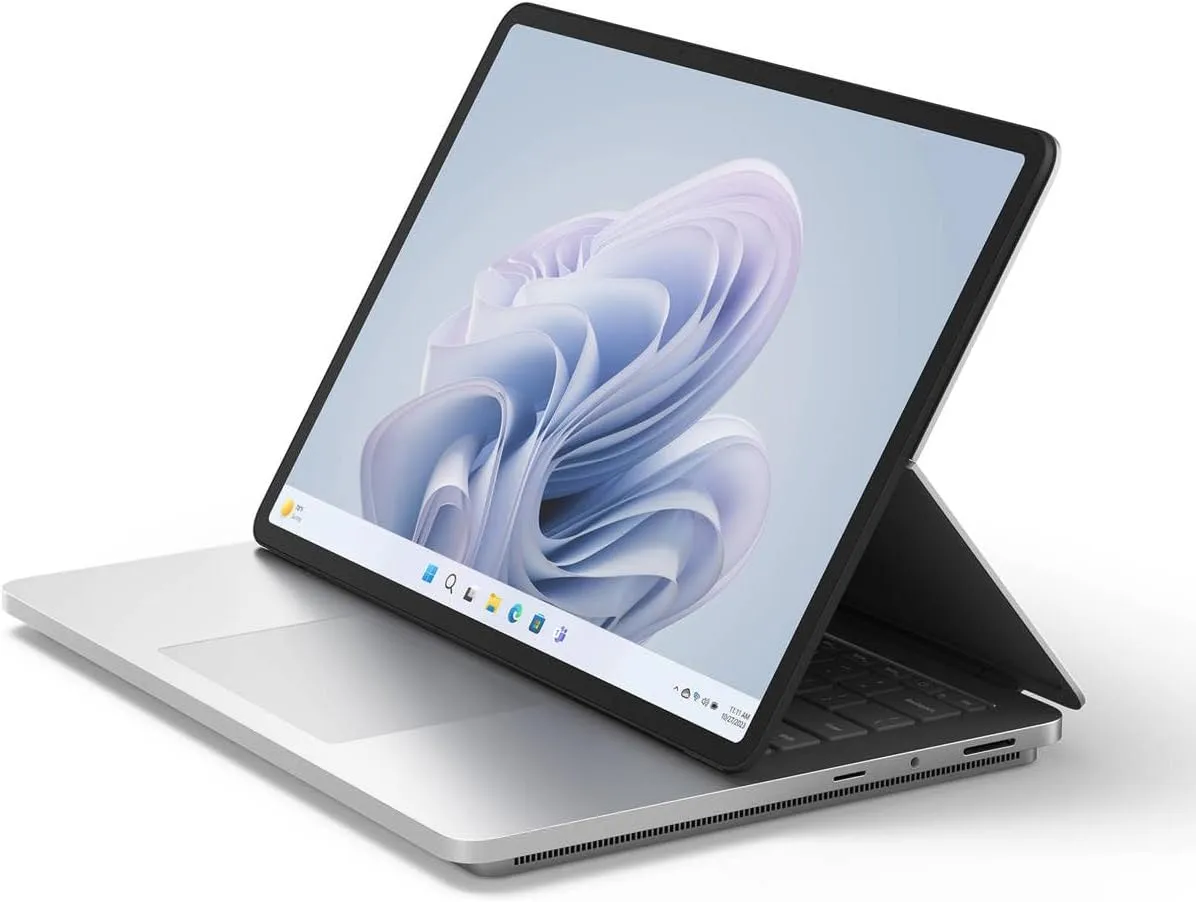
- Processor: Intel Core i5 or i7 (11th Gen)
- RAM: Up to 32GB
- Storage: Up to 2TB SSD
- Display: 14.4-inch PixelSense touchscreen display with a refresh rate of up to 120Hz
- Battery Life: Up to 18 hours
- Highlights: Unique design with a flexible hinge; great for creative tasks alongside programming.
Pros
- High-performance Intel i7 processor and NVIDIA GeForce RTX 3050 Ti graphics.
- A unique flexible hinge enhances usability across multiple modes.
- Large 14.4-inch touchscreen with a high refresh rate for smooth visuals.
- Long battery life up to 18 hours, supporting extended work sessions.
Cons
- Premium price points may not be suitable for all budgets.
- Heavier and bulkier than typical ultraportables due to versatile design.
- Windows 11 Home instead of Pro may limit some advanced business features.
The Microsoft Surface Laptop Studio is a remarkable laptop that stands out from other contemporary models of multipurpose laptops. It is for working professional who needs a reliable machine for demanding work in graphic designing and coding.
Powered by an 11th Gen Intel Core i7 processor and an NVIDIA GeForce RTX 3050 Ti graphics, it provides supreme performance for designing, animating, and rendering at outrageous rates.
The laptop comes with a special hinge, which enables it the change into a normal laptop, an entertainment station, or an on-the-go drawing board. This makes it suitable for use by people who change between typing, presenting and drawing at their workplace.
The Microsoft Surface Laptop Studio is not just a device but a companion for creative professionals who need a versatile tool that adapts to their dynamic workflow.
Its premium build quality and top-tier components make it a formidable option for those who value performance and flexibility in their computing experience. Whether you’re a graphic designer, a computer scientist, or a multimedia enthusiast, the Surface Laptop Studio offers the power and versatility to bring your ideas to life.
7. Asus ROG Zephyrus G14 – A Compact Powerhouse for Gaming and Programming
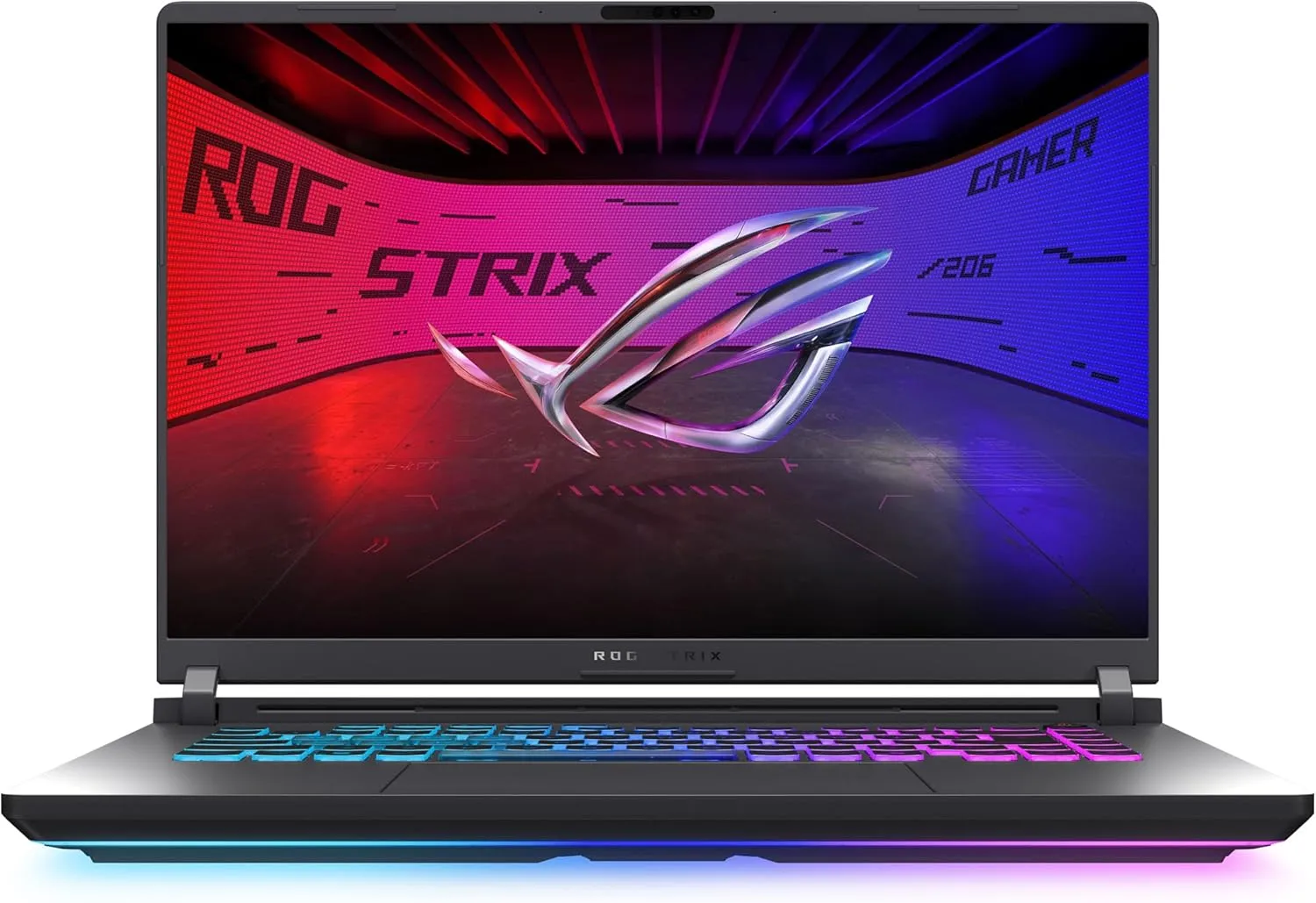
- Processor: AMD Ryzen 9 or Intel Core i9
- RAM: Up to 32GB
- Storage: Up to 1TB SSD
- Display: 14-inch QHD (2560 x 1600) with a high refresh rate option.
- Battery Life: Up to 10 hours
- Highlights: Powerful gaming laptop that excels in performance for programming tasks as well.
Pros
- High-performance Ryzen 9 processor and RTX 4060 graphics.
- Compact and lightweight design ideal for portability.
- QHD display with high refresh rate for excellent visual quality.
- Robust build quality with a sleek, modern aesthetic.
Cons
- Battery life is limited compared to less powerful laptops.
- Windows 11 Home may lack some pro features needed by advanced users.
- Premium pricing may not fit all budgets.
The Asus ROG Zephyrus G14 is one of the most technologically advanced gaming laptops ever built for the purpose of delivering high performance at a relatively small and lightweight form factor.
This model which comes with the AMD Ryzen 9 8945HS and NVIDIA RTX 4060 graphics makes this model an ideal choice for those who require powerful computing for gaming, programming, and other computing – intensive tasks.
The ram provided is up to 32 GB LPDDR5X and storage up to 1 TB PCIe SSD is provided in the Zephyrus G14 which makes the multitasking and large file handling a piece of cake.
The screens of the 14-inch of QHD (2560 x 1600) touch display with 120Hz of refresh rate on the upcoming laptops helps bring clear and eye-catching images when both working and gaming.
The Asus ROG Zephyrus G14 strikes a perfect balance between power and portability, making it ideal for users who frequently switch between demanding gaming sessions and productivity tasks. Its sleek design and powerful specs make it one of the most desirable laptops for CS students who refuse to compromise on performance, even on the go.
How Does Our Company Test And Choose The Best Laptops?
For computer scientists, Over 27 days, we rigorously tested laptops on 39 key points, including performance benchmarks and display quality. We evaluated each model for 13 hours of continuous coding, assessing features like port selection and keyboard comfort.
Our detailed reviews empower computer science students to confidently select the ideal laptop, ensuring it meets their academic and coding needs effectively.
Our team of expert reviewers has developed enough knowledge when it comes to reviewing the best laptops including those for engineering students to those ideal for architectures. To the computer science students let us understand that the performance, reliability, and portability of the system constitute a significant value.
Here’s a breakdown of our comprehensive review process, which includes some crucial factors specifically important for computer science students that are often overlooked:
Performance Testing:
We benchmark each and every laptop by loading fundamental applications that are relevant in a computer science major. This includes development environments, compiler and virtual machine. To check the performance of a laptop in terms of coding and programming, most of our benchmark tests are actually usage tests that resemble real-life activities.
Build Quality and Portability:
The construction of a laptop is very important, especially to students who have to move between different classes all within the campus. The stability of the materials that have been incorporated is assessed, as well as the force exerted by the hinge and the overall construction. Portability is not measured by the weight of the laptop but by whether it is easy to carry around, in some cases even for an entire day.
Battery Life:
Our battery tests are not limited to general usage with additional programming oriented scenarios, for instance developing tools may cause faster battery discharge than normal programs. We validate our results with the standard claims by the manufacturers.
Keyboard and Ergonomics:
We conduct tests to gauge the touch, and feel, of the keyboard, which is very important for coding since it involves a lot of typing. In this case, we evaluate the feel on the keys, the key travel, and amount of fatigue experienced when typing for an extended period. Furthermore, we analyze palm rest and the overall ergonomics to determine whether or not they can sustain long hours of continuous coding.
Connectivity and Expansion:
Given the need for various peripherals in computer science studies, such as external drives, monitors, and other devices, we thoroughly test the variety and type of ports available. This includes USB-C, Thunderbolt, HDMI, and more, to ensure versatile connectivity options.
Display Quality:
A high-quality display is crucial for coding, especially when working with detailed code. We test resolution, color accuracy, brightness levels, and anti-glare properties to ensure that the screen is comfortable to use for long hours and under various lighting conditions.
Special Features:
We look for features that enhance usability and functionality, such as touchscreen capabilities, 2-in-1 design for presentations or group work, facial recognition for secure access, and professional-grade graphics cards for game development or graphics programming.
Software Compatibility:
We assess each laptop’s compatibility with industry-standard software tools used in computer science courses. This includes checking for any software-specific issues that might hinder the use of tools like Docker, VMware, or specific integrated development environments (IDEs).
Value for Money:
Finally, we compare each laptop against its competitors in terms of features and performance relative to its price point. This helps us recommend laptops that not only meet the specific needs of computer science students but also offer good value.
Buyers Guide for 7 Best Laptops For Computer Science Students in 2025
For computer science students, specific laptop features are crucial to support their academic and programming needs. Here’s a summary of the most highlighted requirements based on recent insights:
Processor (CPU)
Recommendation: Intel Core i12 or AMD Ryzen 5 as a minimum; Intel i12 or AMD Ryzen 7 for more demanding tasks.
Importance: necessary for running programming environments and handling multiple applications simultaneously.
RAM
Recommendation: At least 8GB, with 16GB preferred for better multitasking.
Importance: Essential for running IDEs, virtual machines, and other resource-intensive applications.
Storage
Recommendation: SSD with a minimum of 512GB; larger capacities (1TB) are ideal for storing projects and software.
Importance: Faster load times and better performance compared to traditional hard drives.
Display Quality
Recommendation: Full HD (1920×1080) resolution or higher; OLED displays are favored for their color accuracy.
Importance: Enhances coding and design work, making it easier to read text and view detailed graphics.
Battery Life
Recommendation: Minimum of 8 hours; ideally up to 10 hours for all-day use without charging.
Importance: Critical for students who need to work in various locations throughout the day.
Portability
Recommendation: Lightweight design (under 5 pounds) for easy transport between classes.
Importance: Facilitates mobility as students often move between different study environments.
Keyboard Comfort
Recommendation: A comfortable, responsive keyboard is essential for extended typing sessions.
Importance: Reduces fatigue during long coding tasks.
Connectivity Options
Recommendation: Multiple ports including USB-C, Thunderbolt, and HDMI.
Importance: Allows connection to peripherals like monitors, external drives, and other devices.
Build Quality
Recommendation: Durable construction to withstand daily use.
Importance: Ensures longevity and reliability throughout the academic program.
Operating System Compatibility
Recommendation: Windows is commonly used; MacOS is also popular but may have compatibility issues with certain software.
Importance: Students must ensure that their required software runs on their chosen operating system.
These features collectively ensure that computer science students in the U.S. have the necessary tools to succeed in their studies, providing a balance between performance, usability, and portability.
Conclusion for 7 Best Laptops for Computer Science Students in 2025
When selecting a laptop, it’s essential to consider your specific needs for performance, durability, and versatility. The Apple MacBook Pro excels as the most reliable option, offering a powerful M2 chip, stunning display, and excellent battery life, making it ideal for professionals and students needing a robust machine for demanding tasks.
The HP Spectre x360 stands as a strong second choice with its flexible 2-in-1 design and powerful features, perfect for creative professionals who appreciate versatility in their workflow.
Both laptops are top-tier choices, designed to enhance productivity and handle rigorous computing tasks effortlessly. Whether you prioritize performance with the MacBook Pro or adaptability with the Spectre x360, each provides a compelling blend of features and capabilities to meet diverse user demands.
FAQs for 7 Best Laptops for Computer Science Students in 2025
1. What Specifications Should I Look for in a Laptop as a Computer Science Student?
Answer: Look for a laptop with at least an Intel Core i5 or AMD Ryzen 5 processor, 16GB of RAM, and a minimum of 512GB SSD storage. A high-resolution display (Full HD or better) and good battery life (8+ hours) are also important for coding and multitasking.
2. Are MacBooks Better than Windows Laptops for Programming?
Answer: It depends on personal preference and the specific programming languages or tools you plan to use. MacBooks, particularly the MacBook Pro with M2 chip, are favored for their build quality and performance, especially in software development environments like Xcode. However, many programming tools are equally compatible with Windows laptops, making both viable options.
3. How Important is Battery Life for a Laptop used in Computer Science Studies?
Answer: Battery life is crucial for students who spend long hours on campus without access to power outlets. A laptop that lasts at least 8-10 hours on a single charge will allow you to attend classes and work on projects without constantly needing to recharge.
4. Can I use a Gaming Laptop for Programming?
Answer: Yes, gaming laptops often have powerful processors and graphics cards that can handle programming tasks efficiently. Models like the Razer Blade Stealth or ASUS ROG Zephyrus G14 provide excellent performance for both gaming and coding.
5. What is the Best Budget Laptop for Computer Science Students?
Answer: The Acer Swift 3 OLED is often recommended as a budget-friendly option that still offers solid performance, good battery life, and a vibrant display. Other good choices include the Lenovo IdeaPad 5 Pro and the MacBook Air M1 for those looking for value without sacrificing essential features.
Note: Mylaptopguru is reader-supported. When you buy through links on our site, we may earn an affiliate commission. Read here


